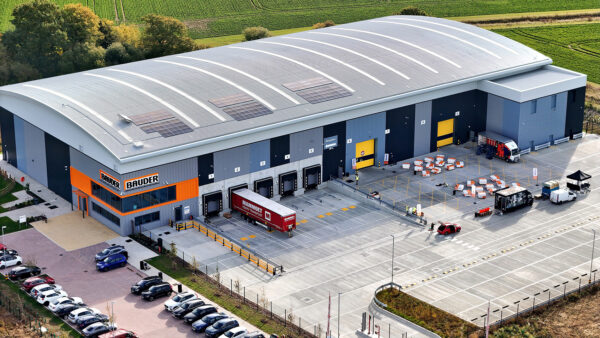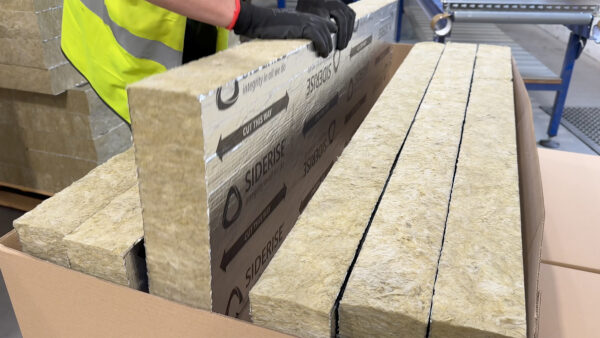
Keeping up with fast-evolving technology in construction by installing new software systems needn’t be expensive, even for SMEs, says James Chambers.
The events of the last two years have done much to push technology forward in the construction sector.
Organisations are actively investing in digitals tools and, more crucially, skills. And, whatever the strategic goals of the business there are solutions that can make a difference.
No matter the size of the organisation and its stage on the digital journey, there are some key tasks that must be tackled right at the beginning; namely building your understanding about digital tools and internal skillsets and carrying out a market assessment on what is available. Only then can you think about implementation within your organisation.
Any size of business can join in
Construction SMEs are facing significant pressure, especially with the current issues around material shortages and extreme price volatility. But implementing new software does not have to involve huge expense. Small, simple tools can deliver significant improvements.
The first step is for clients to look at their overall strategy. What are they trying to achieve as an organisation and how can technology help them to reach their desired outcomes? Being clear about this means that they are more likely to implement the right solution, avoiding unnecessary cost and project complications.
“Small, simple tools can deliver significant improvements.”
At this point they can consider the scale question. Has a technological solution been found that works now and can be adjusted as the business grows? Sometimes the only way to know this is to work with a technology provider who will partner with the business and is able to adjust their solution to fit the culture and needs of the business.
This partner must be able to take businesses from initial quick wins to demonstrate early Return on Investment (ROI) before helping the organisation to become more advanced over time as a level of digital maturity is achieved.
Managing the journey
Organisations must also know how to engage with their people and their supply chains to implement any new solutions. Without buy-in from the full project team, it is difficult to achieve the expected benefits.
For example, public sector organisations and large asset owners can use procurement to drive the behaviours and technology solutions that they want to see. A robust communication plan targeting both the internal team and supply chain team can ensure that this works successfully and results in positive adoption rates.
It is also important for organisations to understand best practice for when a solution has been implemented. There is a huge amount of focus on data management, both in terms of accessibility within organisations (to improve transparency and drive better decision making) and in its ability to be shared along the ‘golden thread’ (from design through to construction, handover and O&M). Organisations who think about creating standards around the technology or solutions right at the beginning of the process will often find accelerated rates of adoption, a greater return on investment and other additional value.
Software is perfectly placed to build audit trails, spot and manage risks, ensure compliance and ultimately drive project learnings to make projects more efficient, better quality and achieve better value. Working with the software provider to set relevant KPIs and translate important workflows to a digital process is a must.
Whatever the strategic goals of the business, for example a focus on improving the bottom line, upping quality, or delivering projects with a lower environmental impact, there is software that can make a difference. Start small, with simple tools and it will not be long before significant improvements are achieved and companies can start on their journey towards digitisation.
To find out more, click here.
James Chambers is regional director, UK and Ireland, Bluebeam











